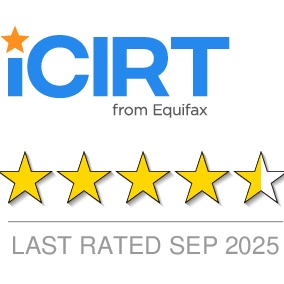The global landscape of corporate reporting is undergoing a significant transformation, with Environmental, Social, and Governance (ESG) factors taking centre stage. Australia has firmly embraced this shift, enacting landmark legislation that mandates climate related financial disclosures for a broad range of entities. This move, finalised by the Australian Parliament in August 2024, aims to enhance transparency, empower investors, and support the nation’s transition towards a more sustainable economy.
Key Reporting Obligations: What Must Be Disclosed?
At the heart of the new regime is the requirement for an annual Sustainability Report, which will form part of an entity’s overall annual reporting package alongside the financial report and directors’ report. This Sustainability Report must prominently feature:
1. Climate Statement
Prepared in accordance with AASB S2, this statement must detail:
-
- Material climate-related risks and opportunities: How climate change could impact the entity’s business model, strategy, and financial performance.
- Governance: The board’s oversight and management’s role in assessing and managing climate-related risks and opportunities.
- Strategy and Resilience: The entity’s strategy for addressing climate risks and opportunities, including resilience assessed through scenario analysis (e.g., against 1.5°C and >2°C warming scenarios).
- Risk Management: How climate-related risks are identified, assessed, and managed.
- Metrics and Targets: Including Scope 1, Scope 2, and (with a one-year phase-in for disclosure) Scope 3 greenhouse gas (GHG) emissions, as well as progress against climate-related targets.
- Transition Plans: Details of any plans the entity has to transition towards a lower-carbon economy.
2. Financial Matters Concerning Environmental Sustainability
The report must clearly articulate how climate-related factors influence the entity’s financial position, performance, and cash flows.
3. Directors’ Declaration
Directors will be required to declare whether, in their opinion, the climate statements comply with the Corporations Act 2001 and the relevant Australian Sustainability Reporting Standards.
Climate Related Financial Disclosures – Assurance and Liability Considerations
The climate-related disclosures within the Sustainability Report will be subject to new assurance requirements, which are expected to be phased in over time. The Auditing and Assurance Standards Board (AUASB) is developing Australian-specific assurance standards for these engagements.
Recognising the complexities of some forward-looking statements, the legislation includes provisions for a temporary, modified liability regime for disclosures relating to Scope 3 emissions, scenario analysis, and transition plans for a defined initial period.
Preparing for the New Era of Reporting
For businesses potentially impacted by these laws, proactive preparation is key:
- Determine Your Reporting Timeline: Accurately assess which Group your entity falls into.
- Familiarise Yourself with ASRS: Deeply understand the requirements of AASB S2.
- Establish Robust Data Systems: Develop or enhance processes for collecting, managing, and verifying climate-related data, particularly for GHG emissions across all scopes.
- Integrate Climate into Core Processes: Embed climate considerations into existing governance frameworks, strategic planning, and risk management procedures.
- Assess Capabilities: Identify any gaps in internal expertise and consider the need for external advice or training.
- Engage Stakeholders: Communicate with investors, board members, and other stakeholders about your approach to climate-related disclosures.
- Consider Supply Chain Impacts: Understand that even if not directly reporting, larger entities may require climate-related information from their suppliers.










